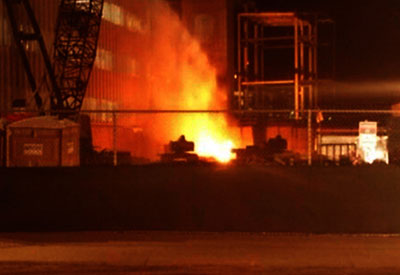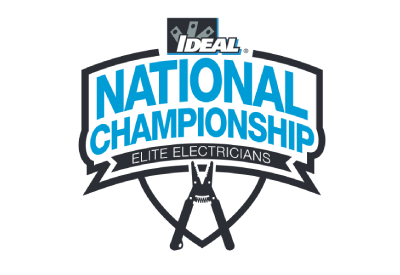Guide to the Canadian Electrical Code, Part I — Instalment 36

Apr 22, 2018
By William (Bill) Burr
In this article: Section 72 — Mobile home and recreational vehicle parks. This series of articles provides a guide to help users find their way through this critical document. This is not intended to replace the notes in Appendix B or the explanations of individual requirements contained in the CEC Handbook** but will hopefully provide some help in navigating the code.
Rule 72-000 notes that this is a supplementary or amendatory section of the code and applies to the services and distribution facilities for mobile home and recreational vehicle parks.
Rule 72-100 requires that each mobile home and recreational vehicle be provided with service equipment in accordance with Section 6.
Rule 72-102 outlines the demand factors for various service and feeder conductor arrangements:
• for service or feeder conductors supplying an individual mobile home or more than one mobile home — Rules 8-200 and 8-202, respectively
• for the minimum ampacity of the consumer’s service and feeder conductors for recreational vehicle parks, calculated based on the rating of the receptacles and the following demand factors:
o 100% of the first five highest rated, plus
o 75% of the next ten receptacles, plus
o 50% of the next ten receptacles, plus
o 25% of the remainder
• multi-wire circuit receptacles are counted as two receptacles
• the highest rated receptacle is used as the basis for calculation
Rule 72-104 permits feeders for the park consumer’s service equipment and the park distribution centres to be installed as per Section 6.
Rule 72-106 requires that the branch circuit for each recreational vehicle lot receptacle have a suitable, accessible overcurrent device and disconnecting means.
Rule 72-108 requires that the branch circuit for each mobile home lot have a suitable, accessible overcurrent device and disconnecting means and be located within a weatherproof enclosure if installed outdoors.
Rule 72-110 specifies the connection facilities for recreational vehicles and mobile homes and outlines:
• the types of 15A, 20A, 30A, and 50A receptacles required where installed on recreational vehicle lots
• the requirement for a permanent connection to a mobile home, except that for a home with a 50A rated overcurrent protection, a 50 A, 125/250 V, 3-pole, 4-wire Type 14-50R receptacle may be permitted (under Rule 2-030)
• all receptacles must be mounted in a horizontal plane, or so that the u-ground slot is uppermost
• 15A and 20A receptacles must be protected by a Class A type ground fault circuit interrupter
Rule 72-112 states that power supply cords may be permitted for the connection of
• recreational vehicles, only where the cords are not subject to severe physical abuse or extended periods of use
• mobile homes only when the lot is equipped with a 50 A, 3-pole, 4-wire Type 14-50R receptacle (permitted under Rule 2-030)
In the next instalment, we will be discussing Section 74 — Airport installations.
* The source for this series of articles is the Canadian Electrical Code, Part I, published by CSA.
**Note the CEC Handbook is also published by CSA.
William (Bill) Burr is the former Chair of the Canadian Advisory Council on Electrical Safety (CACES), former Director of Electrical and Elevator Safety for the Province of BC, and former Director of Electrical and Gas Standards Development and former Director of Conformity Assessment at CSA Group. Bill can be reached at Burr and Associates Consulting; billburr@gmail.com










![Guide to the Canadian Electrical Code, Part 1[i], 26th Edition – A Road Map: Section 10 – Grounding and Bonding](https://electricalindustry.ca/wp-content/uploads/2022/11/Guide-CE-Code-2.png)





